On April 9, 2021, His Royal Highness (HRH) The Prince Philip, Duke of Edinburgh died at the age of 99, two months shy of his 100th birthday. As a carriage driver, this was a sad day as I knew that the founder of the sport I love so much had died.
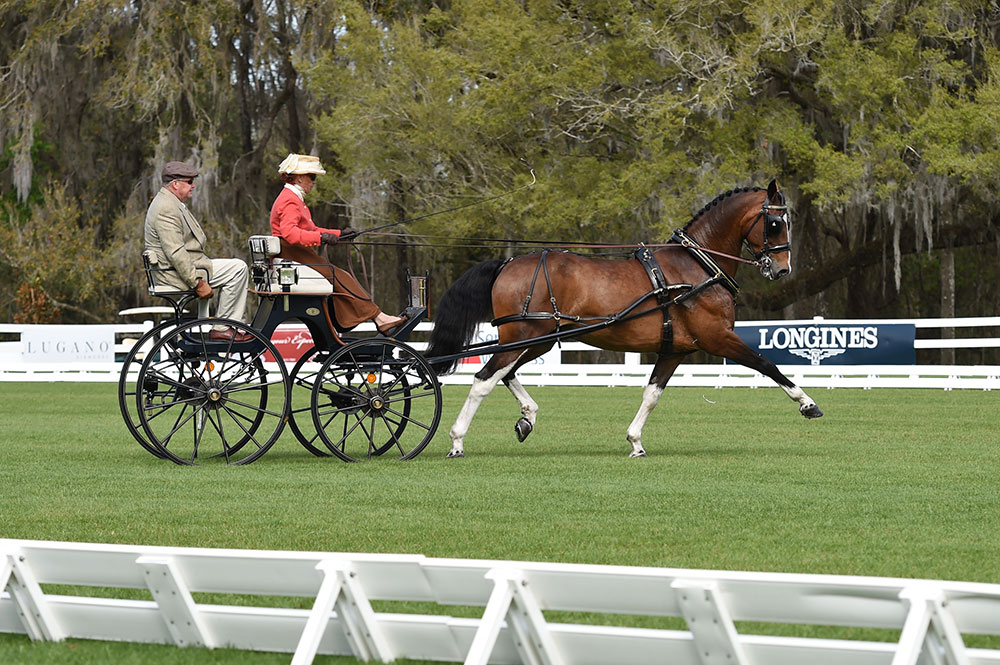
Carole Precious (pictured), a member of the EC Committee from Puslinch, ON, took a look at the life of His Royal Highness (HRH) The Prince Philip, Duke of Edinburgh through a carriage driver’s lens.
Photo Credit: Pics of You
Combined driving, also known as horse driving trials, gets its name because the driver is scored over three days driving a combination of dressage, marathon and timed obstacles. This got me wondering what Prince Philip was like as a man because I know that to compete regularly, especially at the higher levels, you have to be perseverant, focused, adrenaline-seeking, brave, disciplined, detailed, athletic, confident in your horses and yourself and able to learn from your mistakes and those made by others.
An internet search helped me start to understand the man by studying his life story. Prince Philip had a keen interest in the natural world and the great outdoors, mechanical engineering, new technology, good design, problem solving and the environment. His library holds 8,385 books, of which 373 feature horses. Of the 14 books he wrote, three of them are about carriage driving: Driving and Judging Dressage, 30 Years On and Off the Box Seat and Competition Carriage Driving. Prince Philip also acted as President of the Fédération Équestre Internationale (FEI) from 1964 to 1986.
In 1971, Prince Philip travelled to Budapest, HUN, to watch the first Combined Driving European Championships but it was while attending the first World Championships in 1972 in Aachen, GER, that Prince Philip was really bitten by the bug of competitive carriage driving.
At the age of 50, he decided to retire from playing polo, in part due to an injured wrist. He was looking for a new sport and thought that since there were horses, harnesses and carriages at the Royal Mews, he should try driving.
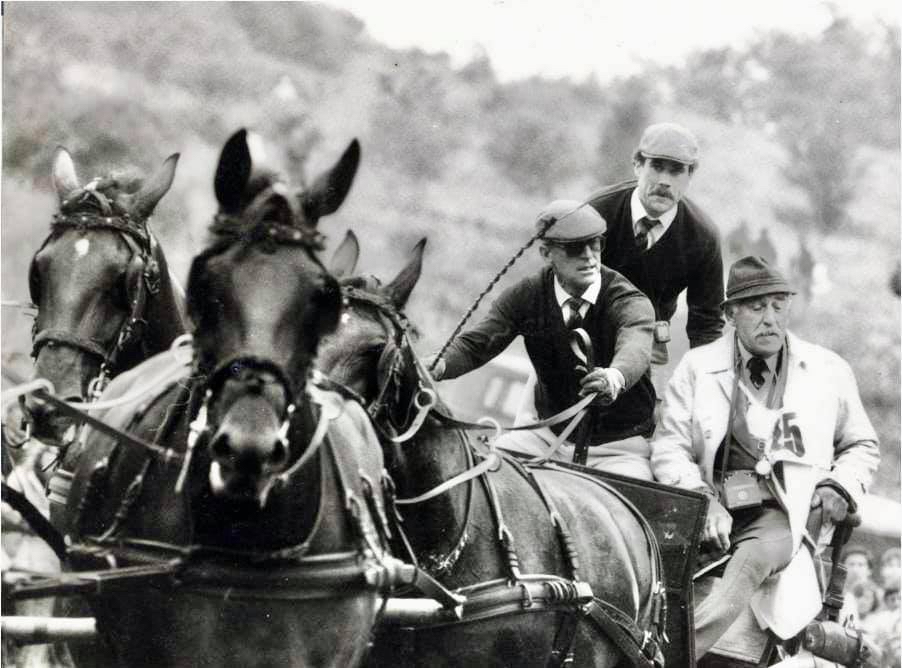
Prince Philip (driving) was heavily immersed in the equestrian world and became involved with combined driving in the 1970s.
Photo Credit: Courtesy of David Saunders
My research helped me start to form an image of the man but I needed to speak to people who actually knew him. I phoned Jack Pemberton, a formidable, highly accomplished Canadian and inaugural recipient of the 2007 EC Lifetime Achievement Award who, like Prince Philip, could drive a four-in-hand, take control of large teams and make them work to accomplish specific tasks. Jack was a driving judge invited often to the Royal Windsor Horse Show in England. He corresponded quite a bit with Prince Philip and together, they set out to re-format the combined driving rulebook. They did disagree sometimes but Jack found “the Duke” to be very likeable and said that the Prince didn’t tolerate fools.
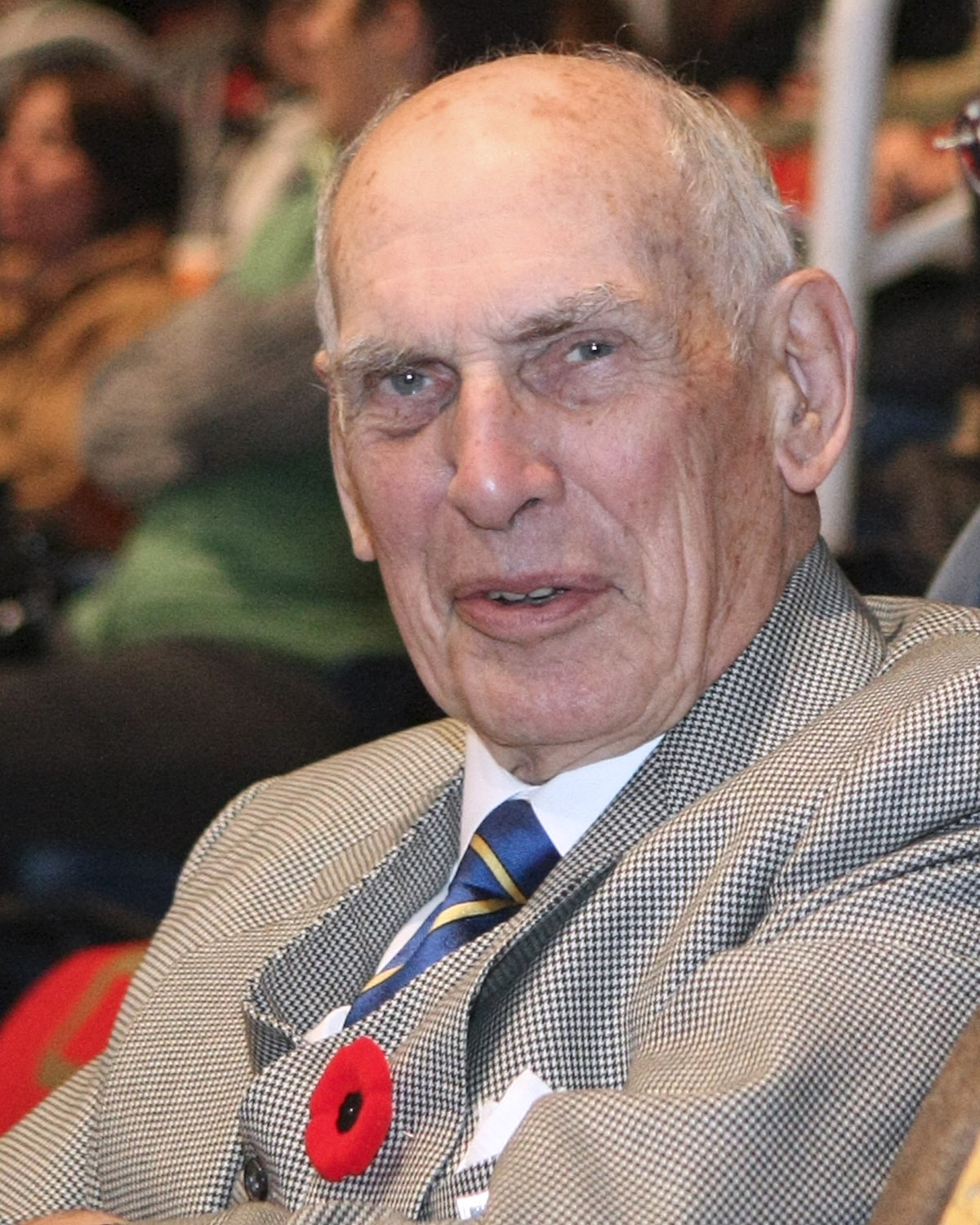
Carole spoke to Jack Pemberton (pictured) about his memories of Prince Philip, with whom he modernized the combined driving rulebook.
Photo Credit: Cealy Tetley
In the early years, they would often meet at Bucks, the name for the Sunday night dinners for combined driving competitors and officials hosted by Her Majesty Queen Elizabeth II. Drivers from all walks of life gathered: Prince Philip was most comfortable when he could just have a pint and a normal conversation with someone.
Jack said that Prince Philip brought respectability to the sport of combined driving in the eyes of the other FEI disciplines. Indeed, he was a very accurate driver and put a lot of effort and training into improving his skills. In one French interview, Prince Philip explained that the driver is like a psychoanalyst constantly trying to figure out what each horse in thinking. The protocol was that if Prince Philip was in an obstacle as a competitor, figuring out his pattern, you were to just leave him alone or politely nod but not to bother him.
The second gentleman I spoke to was David Saunders, who competes and trains four-in-hand drivers and their horses mostly in the United States. He is the one driver I know who could consistently drove a pair of horses in obstacles as quickly as a singles driver could. David held the position of Royal Coachman for 20 years starting in 1973 and would take the carriage and horses out with his “Boss”, Prince Philip.
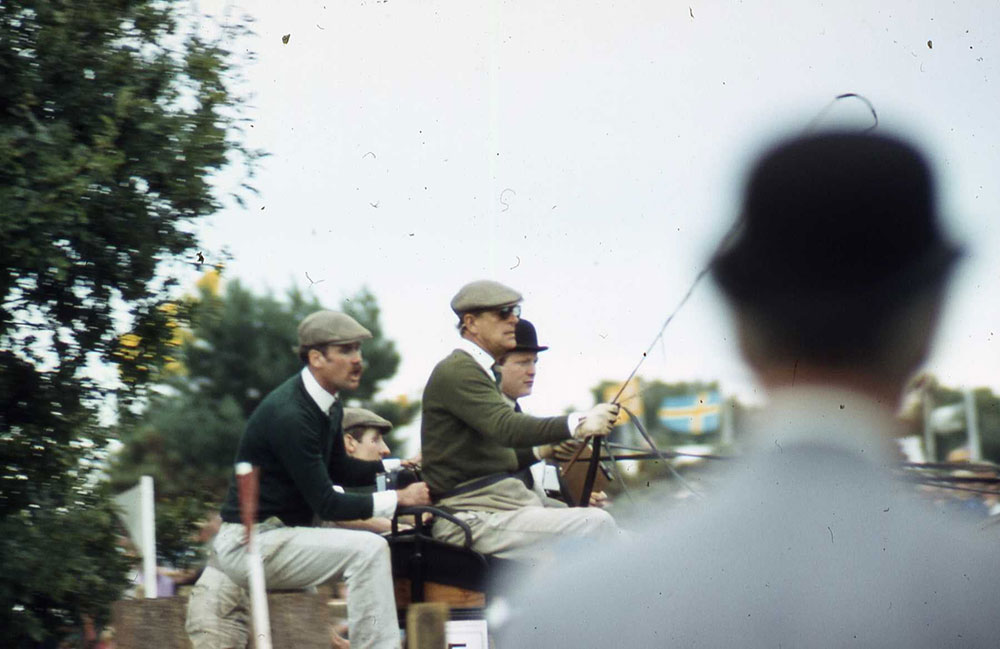
David Saunders (front left) drove alongside Prince Philip (front right) for 20 years as the Royal Coachman.
Photo Credit: Courtesy of David Saunders
With the experienced help of a four-in-hand driver from Sandringham, GBR, and Major Tommy Thompson, they initially drove a Balmoral dogcart designed for cross-country driving but with passenger/groom seats facing each other behind the driver. That vehicle was bashed and repaired frequently. In fairly short order, they decided to build a marathon carriage from scratch with more of a chariot style so that the groom and navigator stand on the back facing forward. It was David’s job to mark the carriage with a wax crayon to show where they wanted the local machine welder to cut, modify and repair the vehicles. In fact, Prince Philip invented “the bendy pole” design of a cantilevered pole suspended by a pin, which enabled the horses to have more ease turning tightly; this design is still used today. The wooden wheels were disastrous as they were often breaking so flush hubs and steel wheels were developed. Perhaps because of his sailing background, Prince Philip started to use quick-release shackles for the traces.
In 1973, Prince Philip began his competitive career and by 1980, he was selected to the British Driving Team at the World Championships in Windsor, GRB. He then helped the British Team win the 1981 European Championships in Switzerland. David got to know his boss very well, as they spent so many hours training and refining their program. Queen Elizabeth would come to watch them train sometimes and was always pleased to see which of her horses were being used in the different positions of the four in hand. David explained that he and the Prince were friendly and when asked to describe Prince Philip in a sentence, he immediately said, “He was one hell of a man.”
The third person I spoke with was David Freedman of Freedman Harness & Saddlery Co., a fellow Canadian who met Prince Philip seven times, including once at the Royal Agricultural Winter Fair in Toronto, ON, when Queen Elizabeth and Prince Philip walked into the Freedman’s booth and sat down to chat. Prince Philip and David had several detailed conversations about the importance of a perfect fit for horse collars. David observed that Prince Philip was a quick thinker and a very technical guy. He also thinks that because Prince Philip was such a good and skilled horseman, he was easily accepted into our driving community. In 2012, this sixth-generation harness maker travelled to London to receive a distinguished award given in part by the British Driving Society for Freedman’s contribution to coaching vehicles and harness. One of the Awards Committee members was Prince Philip. David Freedman is proud to know that there are some Freedman harness items being perfectly maintained at the Royal Mews.
The fourth person I spoke with is Richard Nicoll, a very skilled FEI Driving Level 4 Technical Delegate and Course Designer living in the US who has often been invited to set up the courses for the Royal Windsor Horse Show. It is always a pleasure to drive a course designed by Richard because his designs show such sensitivity to the horses, as well as challenging the skill of the drivers to have their horses “in hand”, supple, obedient, willing and forward.
When asked to describe Prince Philip, Richard said that he was innovative and always interested in making things better. He was not stuck-in-the-mud and looked ahead for modern, better ways of doing things. He worked with British carriage makers such as Michael Mart of Artistic Iron Products, who experimented with parts from motorcycles and racing go-carts to create the first competitive carriages for combined driving.
At the 1993 World Pairs Championship in Gladstone, NJ, Richard was asked to take Prince Philip through the marathon course, as he was a special guest spectator. They jumped in a Range Rover and sped around the 27km course with five sections and many twists and turns, much to the consternation of the security detail following them haplessly. The Prince didn’t seem to mind at all that his guards struggled to keep up and when Richard slowed down, Prince Philip shouted, “Speed up! Speed up!”
Richard’s wife, Martha Hanks-Nicoll, also commented that on one of the occasions where she was invited to judge, the timer system malfunctioned at a particular obstacle and Prince Philip stood there for hours taking the times of each driver. He was very pleased to be treated as one of the gang of volunteers. On another occasion, Prince Philip was to present the medals at a Pony World Championships and exhibited great humour and ability to improvise upon learning that the bundle of sorted medals had been accidentally dropped so he would have to stall while they were rearranged. He managed to pull it off with great aplomb; after all, he is very used to making public appearances. Many years later, Richard had occasion to drive Queen Elizabeth and Prince Philip in a carriage at Colonial Williamsburg, VA. While getting onto the carriage, Prince Philip leaned toward Richard and whispered, “Well, I do hope you have these horses under control, right?”
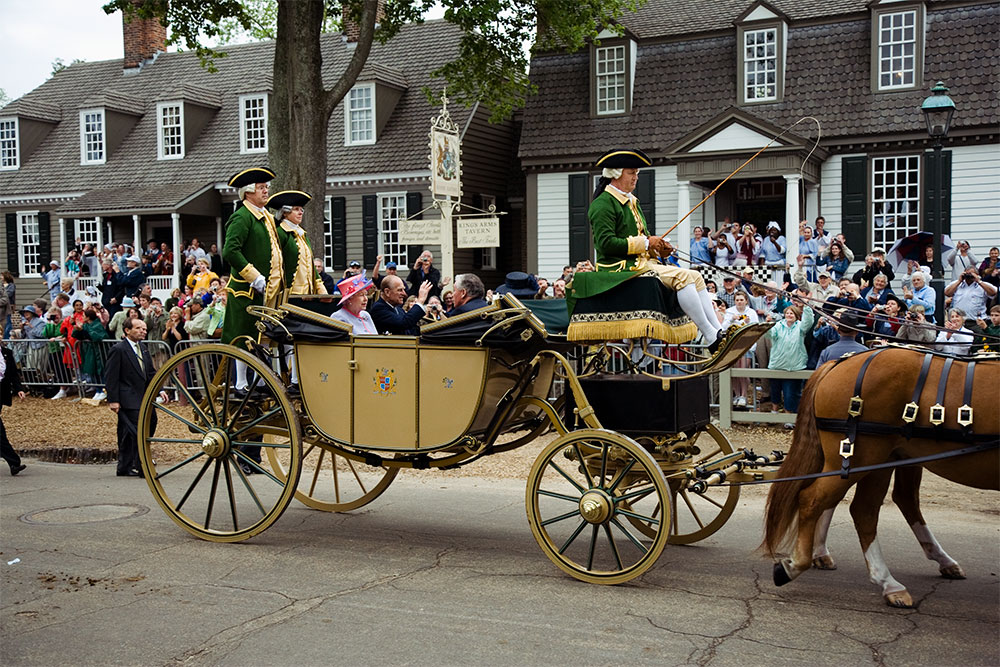
Prince Philip and Her Majesty Queen Elizabeth II, driven by Richard Nicoll at Colonial Williamsburg, VA.
Photo Credit: Courtesy of Media Collections, The Colonial Williamsburg Foundation
By the end of the 1980s, the Duke of Edinburgh stopped driving horse teams and started to drive pony teams. He retired from competing in 2003 while in his early 80s. He was a constant supporter of The Royal Windsor Horse Show, writing the forward in each year’s program and offering practical suggestions to the show organizers. He continued to help young people with Pony Club opportunities and started to teach his young family members how to drive.
Prince Philip continued to drive his beloved Fell ponies well into his nineties. He wrote, “I am getting old, my reactions are getting slower and my memory is unreliable but I have never lost the sheer pleasure of driving a team through the British countryside.”
Prince Philip was there at the beginning of the discipline’s creation when amateurs and professionals, military men and people from all walks of life, from royalty to regular folk, gathered for a three-day competition of fun, rivalry, great horses, quick thinking, adrenaline rushes, new carriages and all trying their hardest at the wonderful sport of combined driving. Carriage driving is now the fastest-growing equestrian discipline, appealing to people of all ages from four to 94.
I think that I know this driver better now. I would have loved to have had a quiet conversation with him about his favourite horses and special competition moments.
